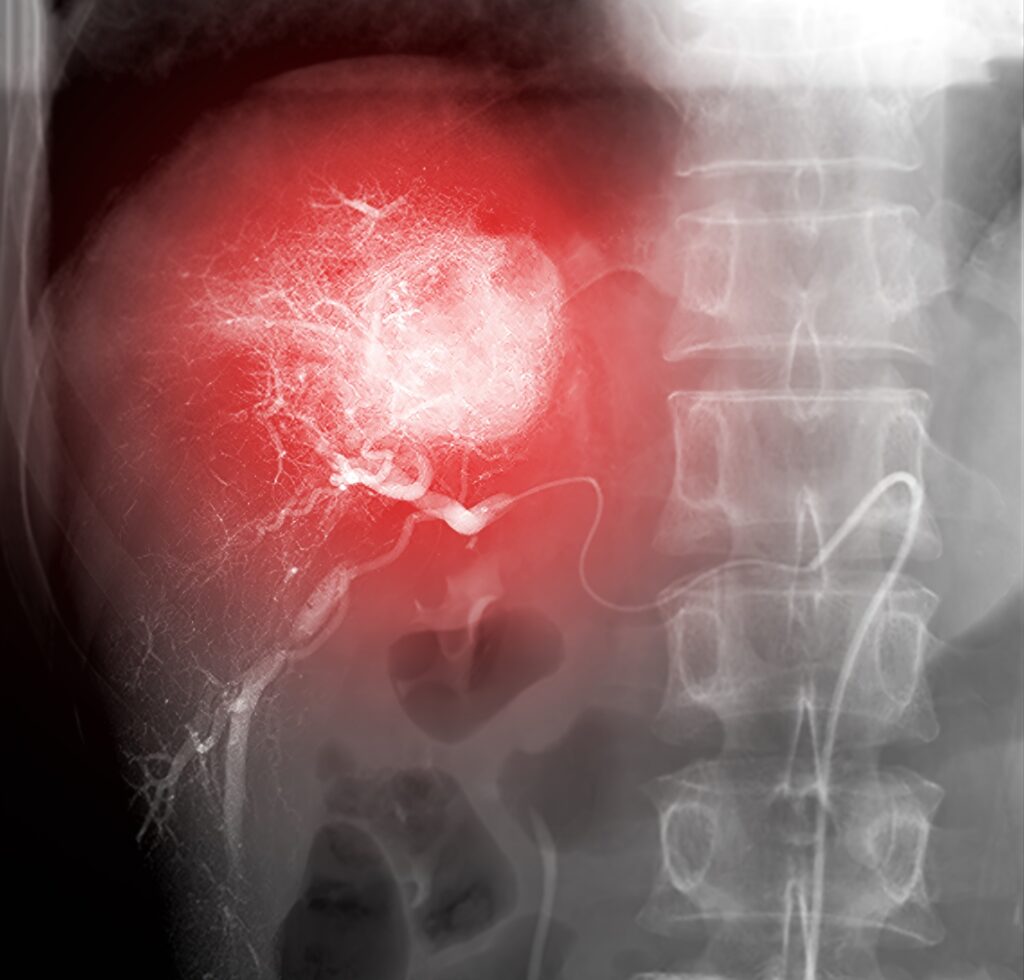What is the procedure?
In TARE interventional radiologist will insert a catheter through the femoral artery (Groin area) into the hepatic artery is of liver. The artery supplying the tumour will be identified under fluoroscopy guidance and then medicines (radioisotopes) for treating the tumor will be injected. After administration of medicine is done the catheter will be withdrawn.
What are the indications?
- Hepatocellular carcinoma
- To treat Selected hepatic metastasis
What are the contraindications?
The procedure can’t be done if there is extensive metastatic disease in the liver, encephalopathy or large amount of extra hepatic metastasis. Also the procedure needs special precautions in patients with liver failure and bleeding disorders.
What are complications?
- Bleeding
- Infection
What is the post procedure?
We will keep you under overnight observation to look for any complications. After discharge, you will be called for follow-up for CT/MRI imaging to see the response of the tumor to the procedure.
Diagram

References:
Transarterial radioembolization for hepatocellular carcinoma: a review Rodolfo Sacco1 Caterina Conte2 Emanuele Tumino1 Giuseppe Parisi1Sara Marceglia3 Salvatore Metrangolo1 Roberto Eggenhoffner4 Giampaolo Bresci1 Giuseppe Cabibbo5 Luca Giacomelli4
1Department of Gastroenterology, Cisanello Hospital, Pisa, 2Endocrinology and Metabolic Diseases, Policlinico A. Gemelli, Università Cattolica del Sacro Cuore, Rome, 3Department of Engineering and Architecture, University of Trieste, Trieste, 4Department of Surgical Sciences and Integrated Diagnostics, School of Medicine, Genova University, Genoa, 5Section of Gastroenterology, DIBIMIS, University of Palermo, Palermo, Italy
